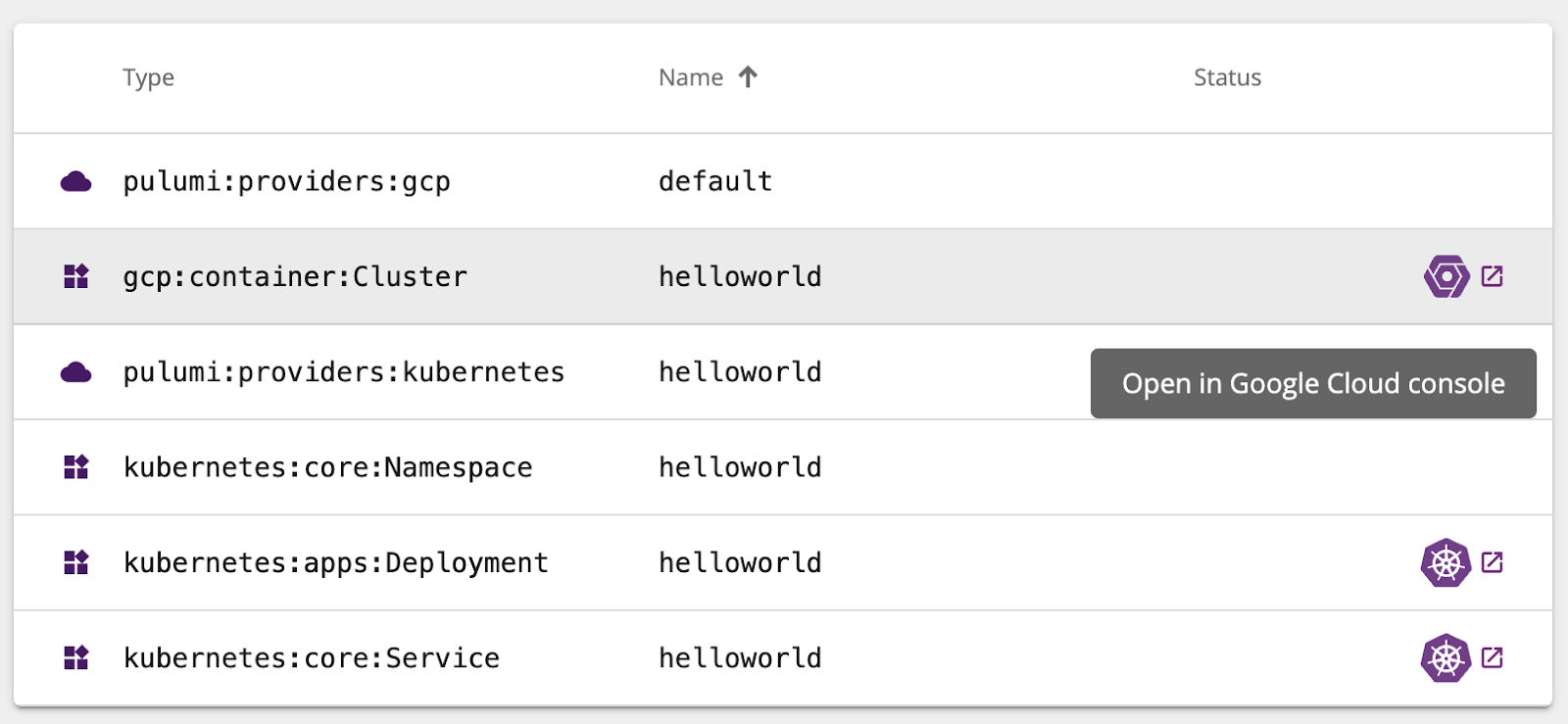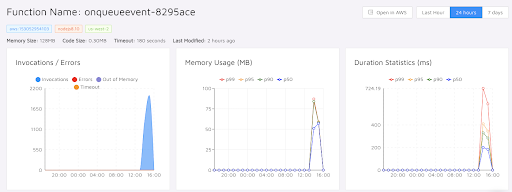
Pulumi’s approach to infrastructure as code uses familiar languages instead
of YAML or DSLs. One major advantage of this approach is that AWS
Lambdas, Azure Functions, Google Cloud Functions, et al. can just be
real lambdas in your favorite language, offering a flexible and simple path to
serverless. Such functions behave as normal functions, allowing you to
treat serverless code as part of your application instead of separate
“infrastructure” that needs to be configured, managed, and versioned
manually. In this post, we’ll examine this capability in JavaScript,
which is already very function- and callback-oriented, making serverless
feel like a natural extension of the language we already know and love.
While Functions as a Service (FaaS) systems have become more popular,
getting up and running can still feel overly complex compared to normal
application development. FaaS offerings today divide the development
experience between “infrastructure” – doing all the work to
configure the Lambda runtime itself (i.e. how much memory to use, what
environment variables should be present, etc.) – and writing and
maintaining the code that will execute in the function itself when
triggered. Most developers just want to focus on the latter, write some
code, and have it work.
Read more →




